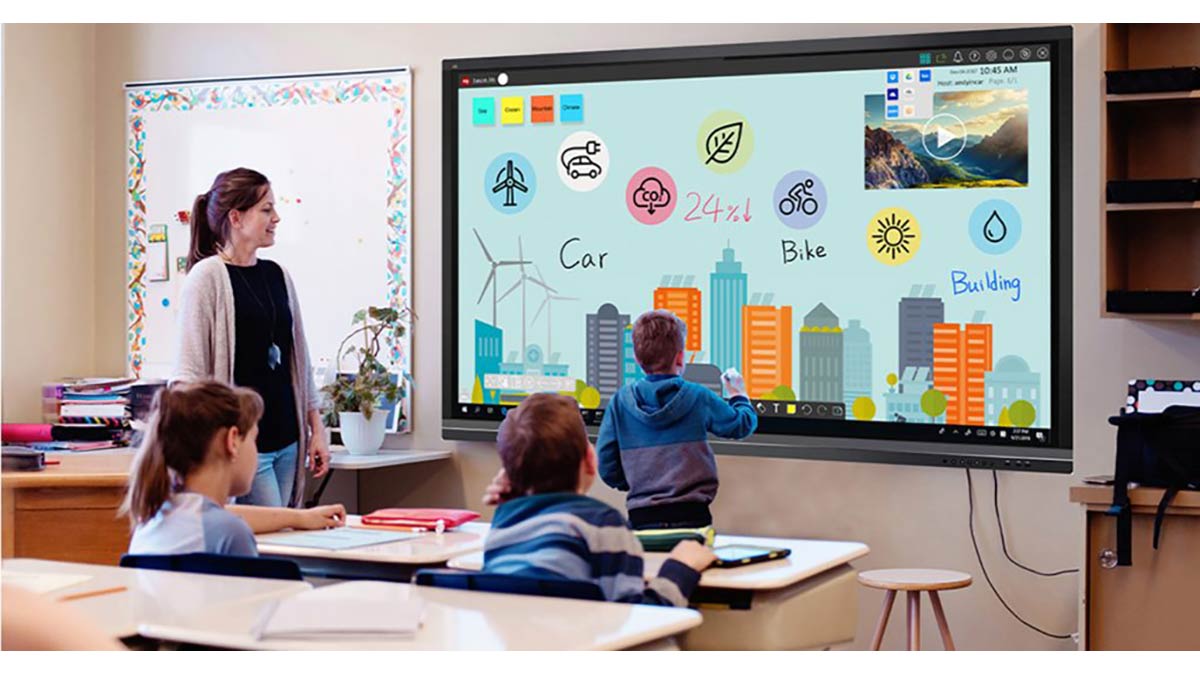Technology plays a crucial role in the growth of the education sector. It enables improvements in classroom productivity. It equips students and teachers with digital means of communication like hand-held devices and computers. It supports 24/7 learning, provides access to knowledge-sharing resources, and improves student engagement.
Technology facilitates the organization of teaching resources by providing educators with learning management systems. Teachers use these tools to track, document, and automate educational courses. Not only that but internet service providers like Spectrum cable offer teacher discounts.
Before we discuss the use of technology in the education sector, let’s take a look at the events of last year that affected learning around the world.
How COVID-19 Impacted Education Sector?
The pandemic hit every industry around the world following its emergence in 2020. The subsequent lockdowns disrupted daily life around the globe. Schools, restaurants, gyms, hotels, and cinemas were forced to shut their doors to the public. In the U.S. alone, over 55 million students felt the impact of nationwide school closures. {source: www.edweek.org/leadership/map-coronavirus-and-school-closures-in-2019-2020/2020/03}
Enrollment levels in universities took a dip as students transitioned to online learning. Last year’s Fall semester saw a drop of 10% as compared to the previous year. Undergraduate institutions also witnessed a decline in enrollment during 2020.
School feeding programs also took the brunt of the countrywide shutdown of schools. The virus forced state legislatures to halt the National School Lunch Program. NSLP operates under the umbrella of the U.S. Department of Agriculture. Pre-pandemic stats show that the NSLP distributed low-cost or free meals to 29.4 million students every day.
How Is Technology Facilitating the Education Sector?
Schools and universities were the first to switch to virtual learning. Today, many institutes are offering online learning opportunities on a full-time basis. Universities are providing both compulsory and elective courses via online learning.
That said, here’s how technology is benefitting the education sector:
Enables Online Learning
Technology enables access to online learning. Virtual learning involves the use of web-enabled devices to acquire knowledge and information. E-learning gained momentum following the emergence of the coronavirus pandemic. The worldwide closure of schools forced both students and teachers to pursue online means of education. Demand for homegrown schooling saw an uptick at the height of the pandemic.
Online learning offers a wide range of benefits and opportunities to students and teachers alike. Educators and pupils interact with each other while being physically separated. Online education can be accessed from anywhere in the world. Geographical boundaries do not bound participants from receiving online education. It enables schools to expand their courses and offer both part-time and full-time programs.
Promotes Self Learning
Technological advancements have paved the way for self-learning opportunities. They provide convenient access to learning materials. Parents can use smart devices to teach their children about the basics. Schoolchildren can acquire additional information about their subjects from the Internet. Not only educators but working professionals can greatly benefit from self-learning opportunities. Employees can enroll in online courses to improve their skills.
Provides Access to Digital Resources
The Internet is everywhere. It can provide answers to almost every question. Mathematics, history, geography, physics, you name it. Technology provides convenient access to learning resources. Students can access eBooks, research papers, and journals via the Internet. These are extensive resources that are updated regularly. So, you don’t have to visit bookstores, again and again, to inquire about the latest books.
Supports Remote Learning
Technology has created endless possibilities for students. You no longer have to travel to a certain place to receive your educational credentials. Virtual learning allows you to acquire knowledge from the comfort of your home. Advantages include no commute costs, no hostel bills, and no extra fees that come with on-campus classes.
Improves Productivity
Technology enables schools to use digital resources effectively. Project-based learning, interactive quizzes, and real-time feedback improve student productivity. Many online schools use digital media to provide students with an inquiry-led and design-based curriculum. Such methods are intended to promote critical thinking and problem-solving skills among students. Educators can use artificial intelligence and machine learning to teach students about different concepts and ideas. Virtual tools are of great utility as they provide great insights into human anatomy as well as historical landmarks.


